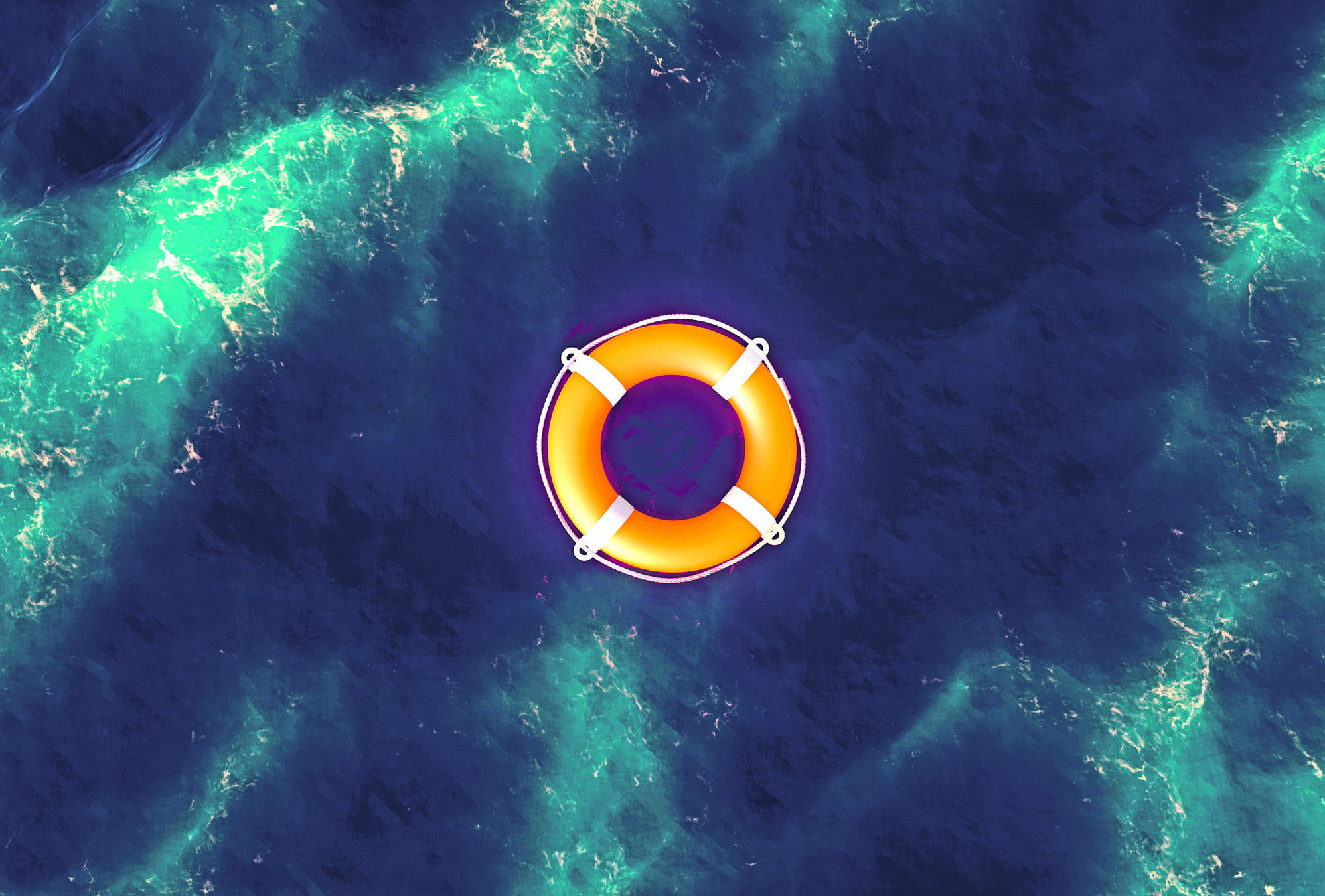Extinction update. The population of vertebrate species shrank 52% between 1970 and 2010. Up that to 69% for 1970 to 2018.
"It seems the human-driven loss of species and climate change propel the decline of the population of vertebrates in an arithmetic progression every year now, with the monitored freshwater populations having dropped by an average of 84 percent since 1970, Europe and Asia recording a 94 percent decline in their biodiversity."
This is according to The Living Planet Report 2022 from the World Wide Fund For Nature (WWF).
"Latin America shows the greatest regional decline in average population abundance (94%), while freshwater species populations have seen the greatest overall global decline (83%)."
"New mapping analysis techniques allow us to build up a more comprehensive picture of both the speed and the scale of changes in biodiversity and climate. For example, we feature the new biodiversity risk maps generated for the IPCC Working Group 2 report published in February 2022. These maps are the result of decades of work which has involved more than 1 million hours of computer time. We also explore an analysis using data from the International Union for Conservation of Nature (IUCN) Red List which allows us to overlay six key threats -- agriculture, hunting, logging, pollution, invasive species and climate change -- to highlight 'threat hotspots' for terrestrial vertebrates."
"The Living Planet Index tracks the abundance of populations of mammals, birds, fish, reptiles and amphibians around the world. In 2022, the Index included almost 32,000 species populations, which is 11,000 more than in 2020, the largest increase yet in number of populations between two editions of this report."
"Based on 6,617 monitored populations, representing 1,398 species of mammals, birds, amphibians, reptiles and fish, the freshwater Living Planet Index provides an indication of the status of freshwater habitats. Since 1970 these populations have declined by an average of 83% (range: -74% to -89%). Using the largest sample size so far -- 454 new freshwater species and 2,876 new populations have been added to the dataset -- we can see that, as with the global Living Planet Index, the decline is similar to those presented in previous editions of the Living Planet Report."
"Only 37% of rivers longer than 1,000km remain free-flowing over their entire length. The Living Planet Index of freshwater migratory fish (fish that live in freshwater habitats either partly or exclusively) shows an average decline of 76% between 1970 and 2016, with habitat loss and modifications, in particular barriers to migration routes, accounting for around half of the threats to these populations."
"More than 140,000 species have been evaluated using information on life-history traits, population, distribution size and structure, and their change over time to assign them to one of eight categories: Extinct, Extinct in the Wild, Critically Endangered, Endangered, Vulnerable, Near Threatened, Least Concern, or Data Deficient."
"For five taxonomic groups in which all species have been assessed at least twice, the Red List Index (RLI) shows trends over time in their relative survival probability based on genuine changes in these Red List Categories. These data show that cycads (an ancient group of plants) are most threatened, while corals are declining fastest."
"Combining expert-based information from the IUCN Red List on the spatial distributions of and threats to all terrestrial amphibians, birds and mammals -- a total of 23,271 species -- we have generated global maps of the threat to these groups from agriculture, hunting and trapping, logging, pollution, invasive species and climate change."
See page 22 for the maps.
"The Himalayas, Southeast Asia, the east coast of Australia, the dry forest of Madagascar, the Albertine Rift and Eastern Arc Mountains in eastern Africa, the Guinean forests of West Africa, the Atlantic Forest, the Amazon basin and the Northern Andes into Panama and Costa Rica in South and Central America were all deemed 'high-priority areas for risk mitigation' for all taxonomic groups across all threat categories."
"The global abundance of 18 of 31 oceanic sharks and rays has declined by 71% over the last 50 years. This collapse in their abundance reflects an increase in extinction risk for most species. By 1980, nine of the 31 oceanic sharks and rays were threatened. By 2020, three-quarters (77%, 24 species) were threatened with an elevated risk of extinction. For example, the oceanic Whitetip Shark has declined by 95% globally over three generation lengths, and has consequently moved from Vulnerable to Critically Endangered on the IUCN Red List."
"The Biodiversity Intactness Index ranges from 100-0%, with 100 representing an undisturbed natural environment with little to no human footprint. If the Biodiversity Intactness Index is 90% or more, the area has enough biodiversity to be a resilient and functioning ecosystem. Under 90%, biodiversity loss means ecosystems may function less well and less reliably. If the Biodiversity Intactness Index is 30% or less, the area's biodiversity has been depleted and the ecosystem could be at risk of collapse."
This is the age of extinction because civilization is hitting a dead end
#futurology #environment #evolution #massextinction
